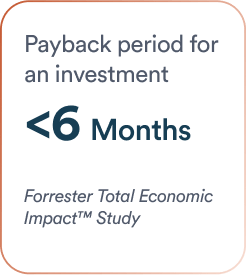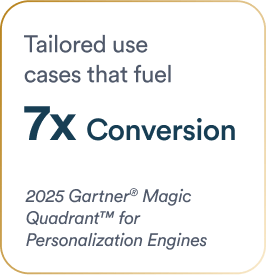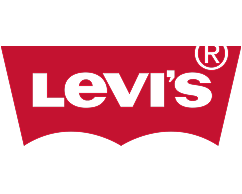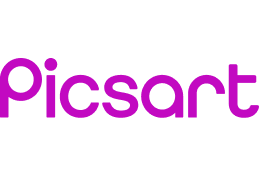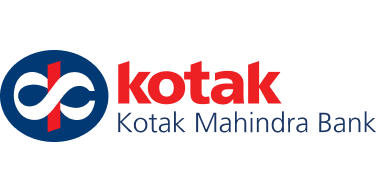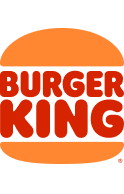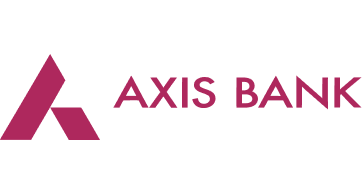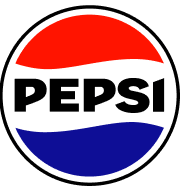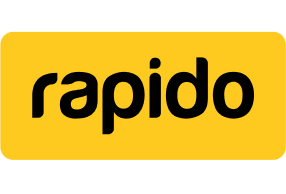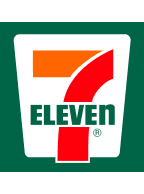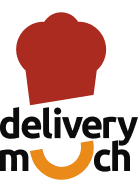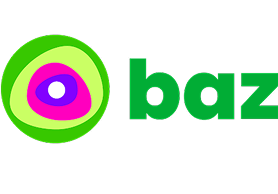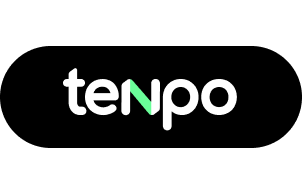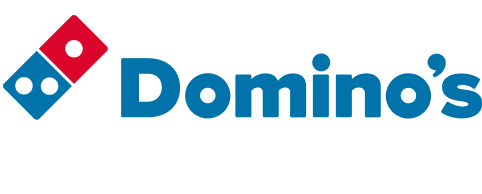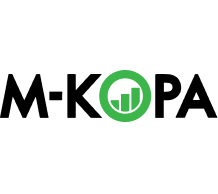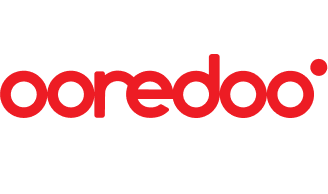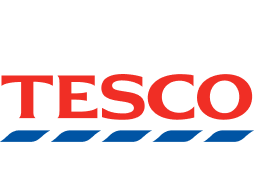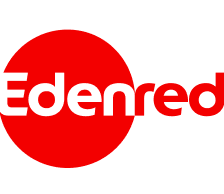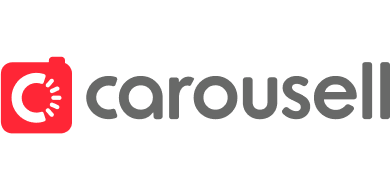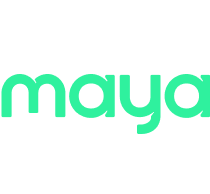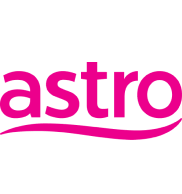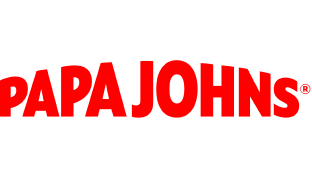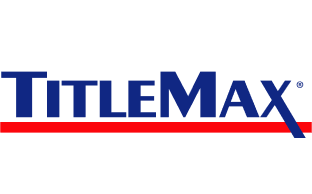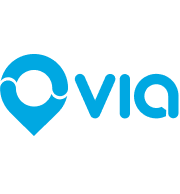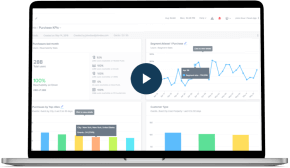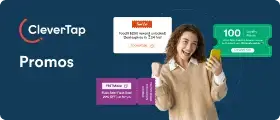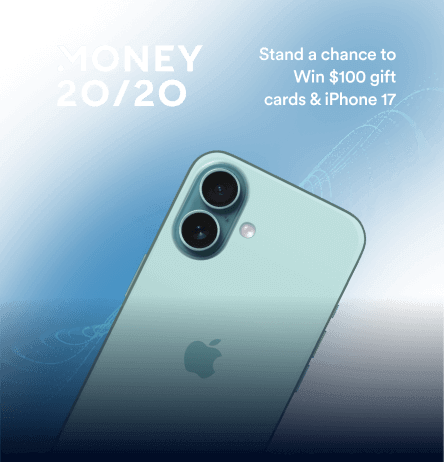Manual lead generation is like fishing with a stick and string. You might catch something, but it’s slow, unpredictable, and mostly luck. Automated lead generation gives you sonar, bait, and a net that works while you sleep. It uses AI and software to find, hook, and nurture leads without the manual chase.
No more juggling spreadsheets or guessing which pond to cast in.
Automation syncs your forms, chatbots, scoring, and outreach into a single intelligent automation system, so every lead feels like the proper catch. Automated lead generation tools eliminate the manual effort required.
This article digs into these tools on the market that could help you transform slow and tedious lead fishing into a precision sport.
What Is Automated Lead Generation?
Automated lead generation tools to streamline how prospects are brought in and moved through the funnel.
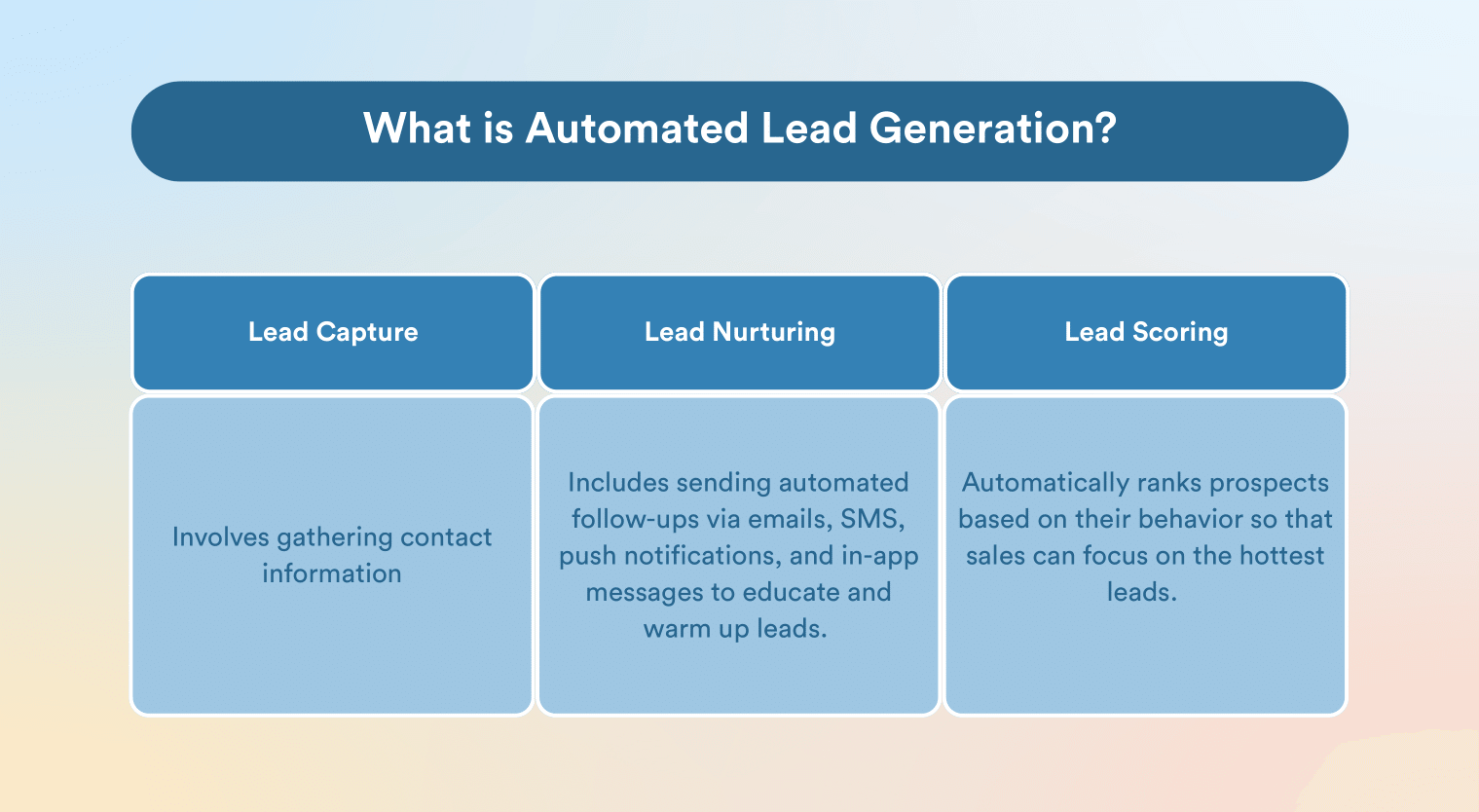
It’s essential to distinguish parts of the process:
- Lead capture involves gathering contact information
- Lead nurturing includes sending automated follow-ups via emails, SMS, push notifications, and in-app messages to educate and warm up leads.
- Lead scoring automatically ranks prospects based on their behavior so that sales can focus on the hottest leads.
Together, these functions form the ecosystem of lead generation marketing automation, where a network of tools and campaigns work in concert.
How Marketers Benefit from Automated Lead Generation Tools
Many marketers report frustration with manual lead processes.
They feel manually tracking leads (via spreadsheets) is slow and error-prone. Even with different tools, there’s a consistent issue of integration chaos and data silos. Some teams struggle to follow up quickly enough or personalize at scale. Others worry that automation makes outreach feel impersonal, so balancing automation with genuine engagement is key.
With these challenges, marketers seek tools that address such issues while fitting seamlessly into their existing tech stack. Here’s where automated lead generation tools make sense.
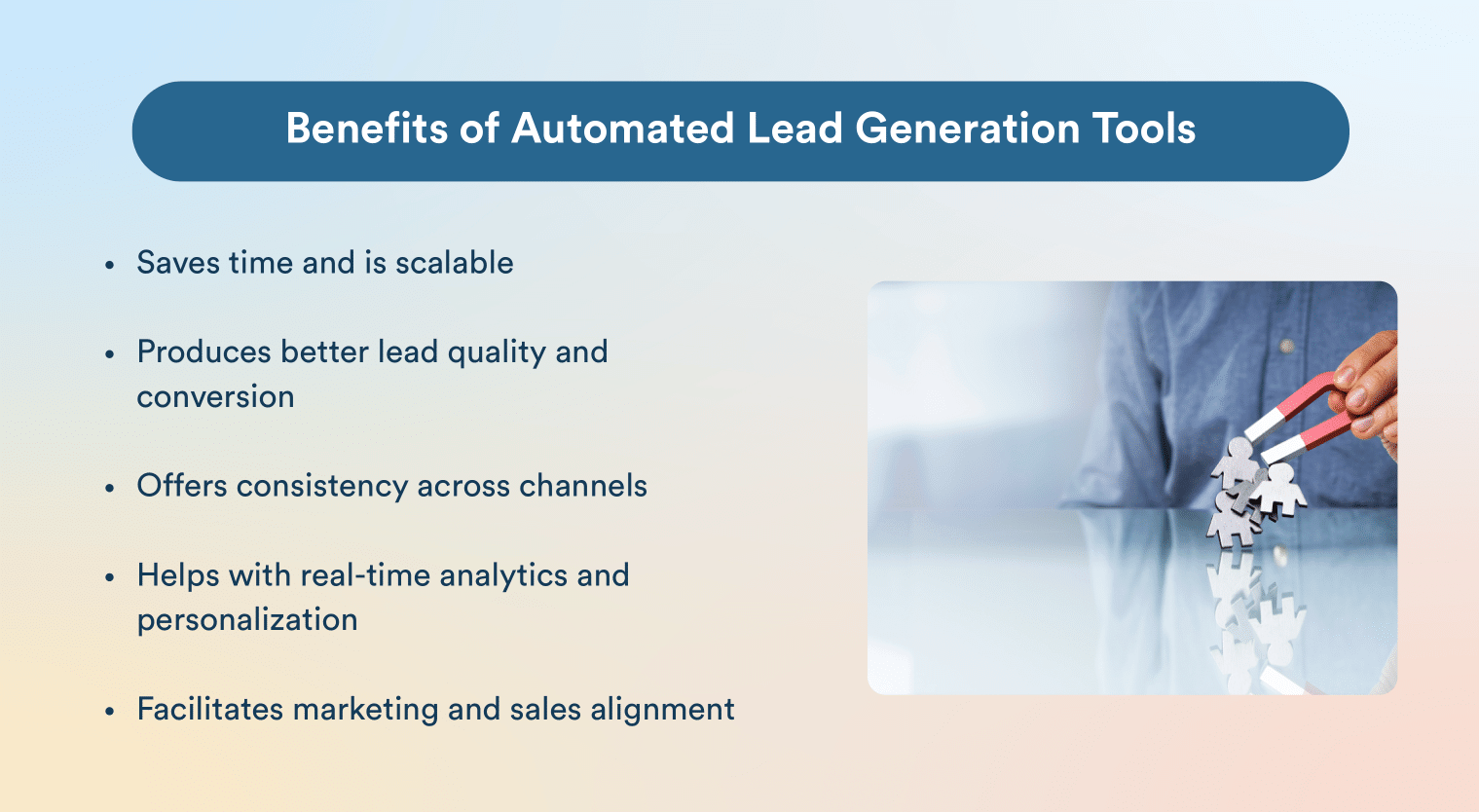
Automated lead generation delivers several benefits, for example:
Time-Saving and Scalability: Tools handle repetitive tasks, freeing teams to work on strategy. This lets teams scale their outreach without increasing headcount exponentially.
Better Lead quality and Conversion: Automation filters out unqualified leads through scoring and nurturing, so sales spend time on the best prospects. Its data-based segmentation personalizes messaging for different cohorts, making communication contextual and relevant to each recipient. It automatically reflects positively on conversions. In one CleverTap example, an AI-powered push campaign saw a 20–30% jump in click-through rates and a 5% bump in conversions.
Multi-Channel Consistency: The best automated lead generation tools coordinate across channels so leads get a coherent journey. This ensures a lead sees the right message via the right channel at the right time, avoiding communication gaps.
Real-Time Analytics and Personalization: Automated lead generation systems track behavior in real time and adjust immediately. You get 360° analytics on funnel steps and can A/B test elements on the fly. Tools like CleverTap even use AI to recommend optimal content and timing for each segment, increasing engagement and ROI.
Marketing and Sales Alignment: Lead management automation helps align the two. Leads are automatically routed from marketing forms to sales reps based on rules, and changes to lead scores trigger internal alerts. This reduces handoff delays. When marketing and sales share a common platform, it allows and encourages team alignment.
12 Best Automated Lead Generation Tools
Below is a deep dive into the leading automated lead generation tools.
1. CleverTap
CleverTap is an all-in-one customer engagement and mobile marketing automation platform designed to help businesses capture, qualify, and convert leads with precision. Powered by CleverAI, it unifies data, automation, and intelligence to deliver high-performing campaigns that turn anonymous visitors into loyal customers, without the need for manual coding or multiple tools.
CleverTap combines real-time analytics, AI-driven segmentation, and omnichannel orchestration within a single, intuitive platform. Marketers can instantly segment users based on behavior, demographics, and intent, then trigger contextual messages across channels like push notifications, in-app messages, email, SMS, and WhatsApp, all within one unified workflow.
AI-Powered Segmentation and Predictive Modeling
CleverAI automates segmentation by analyzing behavioral and transactional data to identify high-conversion segments and predict which users are most likely to engage, purchase, or churn.
Predictive modeling lets teams prioritize high-intent users and trigger personalized lead-nurture journeys automatically. Each campaign can dynamically adapt based on user actions, ensuring that the right message reaches the right audience at the perfect time.
Automated Funnel Optimization
CleverTap’s intelligent funnel analytics detect drop-offs in real time and suggest re-engagement strategies. For instance, if a user abandons a signup or checkout process, CleverTap can automatically trigger a retargeting message or personalized coupon.
This automation extends to lifecycle management, built-in lead scoring models continuously evaluate engagement levels and automatically qualify leads for handoff to CRM systems when they’re sales-ready.

Dynamic Personalization and Content Generation
Beyond segmentation, CleverAI powers real-time personalization and dynamic recommendations. The system automatically selects the best-performing creatives, offers, or content blocks for each user. It can even generate high-converting copy and recommend optimal send times, helping marketing teams save hours while maintaining message quality and consistency across campaigns.
Unified Customer Data and Lead Enrichment
CleverTap resolves multiple identifiers, such as email, phone, and device ID, into a single customer view, ensuring every lead profile is complete and deduplicated. Through integrations with CRM tools, CleverTap automatically enriches profiles and syncs qualified leads in real time.
CleverTap’s automated lead generation capabilities also connect seamlessly with ad platforms and web forms to eliminate data silos and enable continuous lead flow across acquisition and engagement channels.
Cross-Channel Automation and Retargeting
CleverTap empowers marketers to create end-to-end omnichannel journeys. You can design campaigns that span app, web, email, and messaging channels, automatically triggering the next best action based on user behavior.
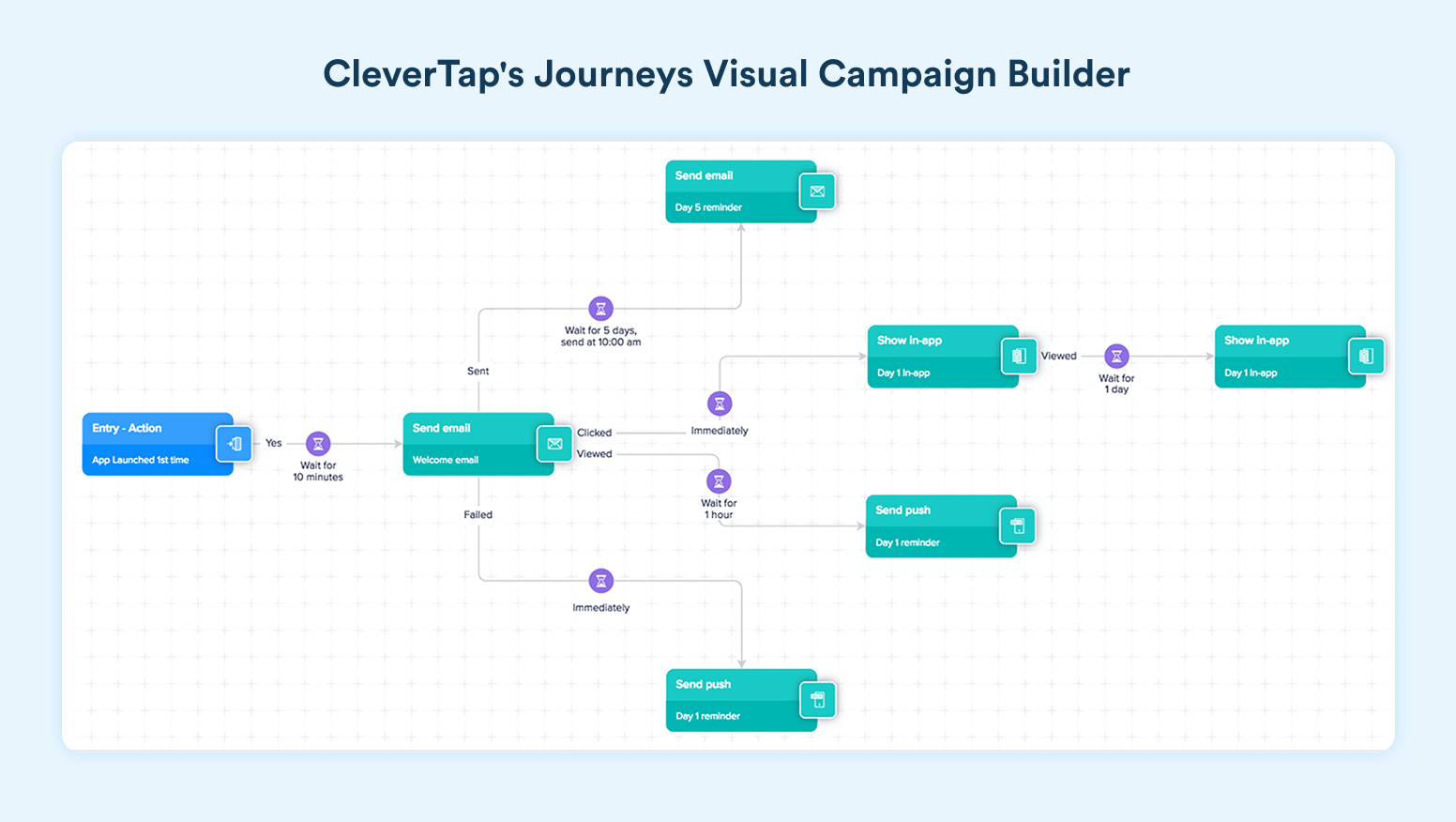
CleverTap also syncs audience segments with ad platforms for dynamic retargeting, ensuring leads who don’t convert are re-engaged through personalized ads.
Learn how to build lead generation strategies via email marketing.
Proven Results
Brands like Axis Bank have seen measurable results using CleverTap’s automated lead generation and engagement tools. For example, Axis Bank achieved a 27% lift in credit-card offer conversions through CleverTap’s triggered campaigns.
In essence, CleverTap helps modern marketers build automated, intelligent, and scalable lead-generation funnels that continuously learn, optimize, and convert, all powered by AI.
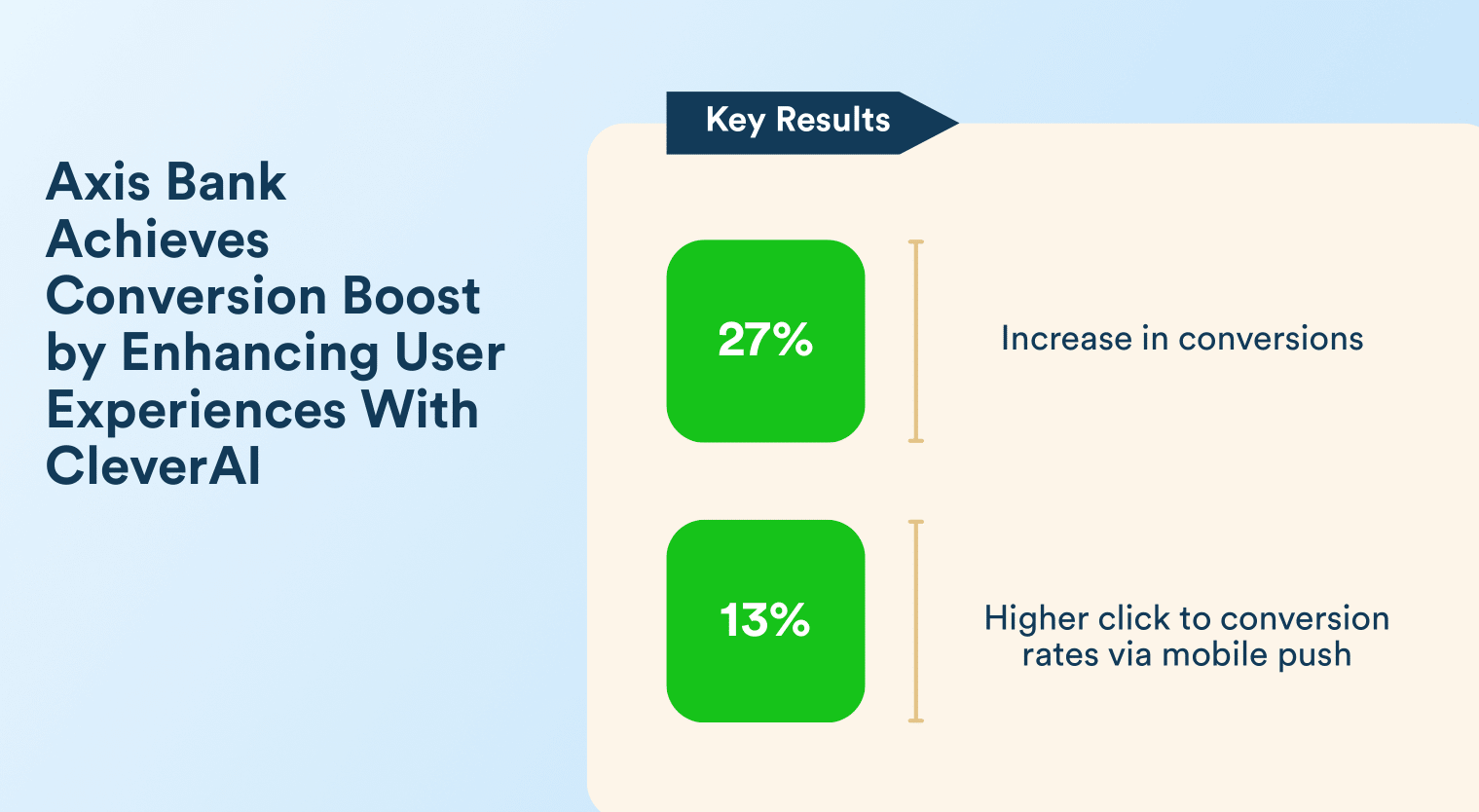
This shows that having a reliable automated lead generation platform can transform marketers’ frustration into growth.
Turn every visitor into a qualified lead with CleverTap.
2. HubSpot Marketing Hub
HubSpot Marketing Hub is an inbound marketing and automation platform built around a CRM. It offers easy-to-use email automation and lead-capture tools.
You can create pop-up forms, landing pages, email campaigns, and automated workflows without coding on the platform.
Below are some key features of HubSpot Marketing Hub:
- Forms and pop-ups: Drag-and-drop form builder that remembers returning visitors and pre-fills fields with CRM data.
- Email automation: Automated email sequences and workflows are triggered by actions.
- Lead scoring: Automatically ranks leads based on behavior and demographics, helping find the most qualified contacts.
- Content tools: You get landing pages, blog CMS, and social publishing with built-in SEO recommendations to attract leads.
The platform is intuitive and offers a vast app marketplace. However, as your business grows and the contact list increases, the tool can become quite costly.
Best for: HubSpot’s tools are especially suited to companies focusing on content marketing and inbound tactics.
3. ActiveCampaign
ActiveCampaign combines CRM and email/SMS automation. It uses AI-driven agents to capture and nurture leads across channels.
This automated lead generation platform includes email marketing, SMS, landing pages, and even WhatsApp messaging.
Below are some key features of Active Campaign.
- Email and SMS campaigns: Send personalized email sequences and SMS blasts with advanced segmentation. AI predictive sending chooses the optimal time.
- Marketing Automation: You get a workflow builder with dozens of triggers to automate nurturing and follow-ups.
- Built-in CRM: Provides contact and deal management, enabling sales and marketing to collaborate.
- Site tracking and lead scoring: Tracks website behavior and scores leads based on activity.
With ActiveCampaign, you get a highly flexible automation builder at a competitive price. The platform is highly email-centric. You might encounter challenges when configuring complex automations. The platform seamlessly syncs with popular CRMs, CMSs, webinar tools, and other business applications.
Best for: Small- to mid-sized businesses and agencies that need powerful email automation.
4. Salesforce Marketing Cloud
Salesforce Marketing Cloud is an enterprise-grade AI-powered multi-channel marketing platform. It’s suitable for managing large-scale lead generation, qualification, and nurturing.
With Marketing Cloud, marketers create omnichannel campaigns and leverage AI (Einstein) to personalize at scale. It integrates deeply with Salesforce’s CRM to bidirectionally sync lead and account data.
Below are some key features of Salesforce Marketing Cloud:
- Journey Builder: Drag-and-drop campaign workflows for email, SMS/MMS, push, ads, and social messaging.
- Einstein AI: Delivers automated email timing, subject-line optimization, and predictive content personalization based on AI insights.
- Audience Studio (DMP): Collects and unifies customer data from any source to build rich lead segments.
- Account Engagement (Pardot): B2B-style nurture campaigns with advanced lead scoring and ROI reporting.
Best For: Large enterprises and B2B/B2C companies with massive customer bases. If your organization already uses Salesforce CRM and needs tight integration, SFMC is a natural choice.
Salesforce’s automated lead generation capabilities are extremely powerful and scalable, but it can require significant capital and resources.
5. Intercom
Intercom is a conversational marketing and sales platform. It uses live chat widgets and AI chatbots to engage website and app visitors in real time. Intercom also supports email campaigns and in-app messages to nurture leads after initial contact.
Below are some key features of Intercom.
- Chatbots: AI-powered bots qualify leads 24/7, route them to the right rep, or book meetings automatically. Live chat support lets reps step in when needed.
- Outbound Messaging: Sends targeted email or in-app messages to segments.
- Integrations and Inbox: Syncs with Salesforce, HubSpot, Zendesk, etc., so conversations feed into your CRM. The shared team inbox centralizes all lead inquiries and bot interactions.
- Product Tours and Posts: Let’s you create interactive walkthroughs and announcements to educate leads.
Best For: SaaS and web-first businesses that want to engage leads with chat. It’s especially useful when real-time qualification or onboarding support is key.
6. Drift
Drift is a conversational marketing platform focused on real-time engagement and account-based marketing. It leverages AI chatbots and live chat to connect website visitors with sales reps or nurture bots.
Drift promotes itself as a revenue acceleration tool that automates lead qualification and scheduling through conversations.
Below are some key features of Drift.
- Drift Chat: Custom chatbot flows (Drift Bots) answer FAQs, qualify leads, capture emails, and book meetings without manual effort.
- Email and Video Tools: Let you automate drip email campaigns and even personalized video messaging to engage prospects.
- Intent data: Identifies anonymous visitors (accounts) researching your product and alerts sales.
- Account-Based Marketing: You get tailored chat experiences for target accounts, plus ABM analytics.
With Drift, you can provide real-time responses that impress visitors. However, it can be costly for small companies.
Best For: B2B companies (especially those doing ABM) that want highly personalized, real-time lead capture on their website. Marketing & sales teams that rely on chat as a primary touchpoint.
7. Unbounce
Unbounce is a landing-page and conversion-rate-optimization (CRO) platform with built-in lead gen tools. It specializes in lead capture pages, pop-ups, and sticky bars designed to convert web traffic.
Unbounce’s drag-and-drop builder lets marketers quickly create dedicated lead-gen pages and forms without involving developers.
Below are some key features of Urbounce.
- Landing Page Builder: Offers highly customizable, responsive pages with built-in forms for lead capture. There are hundreds of templates for webinars, ebooks, trials, etc.
- Smart Traffic: An AI-driven feature that automatically routes each visitor to the best-performing landing page variant, increasing conversions.
- Pop-Ups and Sticky Bars: Gives you on-site overlay forms triggered by exit intent, time delays, or scroll behavior, to grab abandoning visitors.
- A/B Testing: Native split-testing tools for pages and pop-ups to optimize headlines, images, and CTAs.
The platform is highly focused on the web. You’ll still need email or CRM tools to follow up. You might experience limitations in automated sequencing beyond simple redirects and form responses.
Best for: Marketers running ad campaigns or content marketing who need fast, high-converting lead capture pages. Particularly useful when you want to avoid overloading your main website with funnels.
8. Pipedrive
Pipedrive is a sales CRM platform that helps teams track leads through the pipeline. While not a lead capture tool by itself, it includes features for automating lead management once leads are in the system.
Pipedrive’s visual drag-and-drop pipeline makes it easy to see deal stages, and built-in workflow automation can auto-follow up on new leads.
Below are some key features of Pipedrive.
- Visual Sales Pipeline: Shows leads and deals in a Kanban-style view; easily drag deals through stages.
- Leadbooster Add-On: Includes web forms, chatbot, and live chat widgets to capture new leads on your site.
- Workflow Automations: Create custom triggers (e.g., when a lead is added) to automatically send emails, assign owners, or update fields.
- Email Integration and Templates: Let you connect your email inbox and send tracked, customizable email campaigns and follow-ups from within Pipedrive.
Best for: Small to midsize sales teams focused on pipeline management. Pipedrive is excellent when your primary need is to organize inbound leads and ensure no prospect slips through the cracks.
It’s very intuitive, but it is less sophisticated when it comes to marketing automation.
9. Apollo.io
Apollo.io is an AI-driven sales intelligence and engagement platform. It provides a massive B2B contact database and tools to automate outreach.
You can search and segment leads by firmographics, then launch multichannel email/SMS/calling sequences and track results.
Below are some key features of Apollo.
- Contact and Company Search: Offers rich filtering to find prospects. The database is continuously refreshed and verified.
- Email Sequencing and Dialer: Allows users to send automated email cadences and SMS through Apollo’s platform.
- Lead Scoring and Engagement Alerts: AI scores leads based on their likelihood to respond; alerts sales reps when warm leads appear.
- CRM Sync and Smart Dialer: Integrates with Salesforce, HubSpot, Pipedrive, etc., pushing lead and activity data into your CRM in real time.
Best for: B2B sales teams needing an all-in-one outbound tool. Startups and SMBs often use Apollo as their one-stop shop instead of buying separate ZoomInfo, Outreach, and Salesloft licenses.
10. Zendesk
Zendesk offers two relevant solutions: its Zendesk Suite, a customer service platform, with features such as a web widget and live chat for lead capture, and Zendesk Sell for sales pipeline automation.
Together, Zendesk serves inbound lead automation by engaging prospects and tracking them through support and sales workflows.
Below are some key features of Zendesk.
- Ticketing and Knowledge Base: Turn inquiries into tickets and share content to educate prospects (valuable for B2C support leading into sales).
- Zendesk Sell CRM: Focuses on deal tracking and outreach automation. Includes lead scoring, pipeline views, task reminders, and phone/email tools.
- Workspaces: Sales and support conversations are in one place. You can use Answer Bot (Zendesk AI) to pre-qualify or gather basic info from users before routing them.
Best for: Companies that need a combined support-and-sales workflow. For example, B2C product brands that generate significant customer interest through support channels.
11. Mailchimp
Mailchimp started as an email newsletter service, but has evolved into a basic marketing automation suite. It offers email marketing, simple automation workflows, and landing pages/forms, which are enough for many SMB lead gen needs.
You build email campaigns that automatically trigger on user actions and use Mailchimp’s analytics to track opens and clicks.
Below are some key features of Mailchimp.
- Email campaigns and newsletters: Delivers a drag-and-drop email builder, A/B testing, and dynamic content for segmentation.
- Automation Workflows: Sets up triggers to send drip campaigns automatically.
- Landing Pages and Forms: Lets you create simple landing pages, pop-up forms, and web embeds to collect lead data, which feed into the Mailchimp CRM.
- Audience Segmentation: Tags and segments subscribers by behavior or source for targeted campaigns.
Best for: Small businesses (both B2C and B2B) with tight budgets that need an all-around platform. It’s especially popular with e-commerce and content creators for newsletter-driven lead capture.
12. OptinMonster
OptinMonster is a specialized lead capture toolkit focused on on-site conversion. It uses pop-ups, exit-intent overlays, slide-ins, and other dynamic forms to turn website visitors into leads. It’s less about messaging or email follow-ups and more about getting more targeted emails into your funnel.
Below are some key features of OptinMonster.
- Exit-Intent Popups: Detects when a visitor is about to leave and triggers a highly targeted pop-up form.
- Drag-and-Drop Builder: Creates popups, floating bars, and full-screen overlays without coding.
- Behavior-Based Targeting: Shows different campaigns based on pages viewed, time on site, referral source, or custom cookie values.
Best for: Websites (B2C or B2B) that want to maximize email signups and lead capture without building custom forms. It’s ideal for content sites, e-commerce sites, blogs, or any site looking to convert existing traffic into leads.
How to Choose the Right Automated Lead Generation Tool
Choosing the best tool depends on your specific needs. Consider the following:
- Target Audience (B2B vs. B2C): Some tools are built for B2B enterprise scenarios, while others are popular with B2C or SMB audiences. Clarify whether you need features like account-based marketing or e-commerce integration.
- Preferred Channels: Do you focus on email and landing pages, or do you need chatbots and in-app messaging? Ensure your tool supports your key channels.
- CRM Integration: If you already use a CRM, pick a tool that natively syncs with it to avoid manual data transfers. For example, CleverTap and Salesforce Cloud integrate deeply with CRMs, while simpler tools may rely on third-party connectors.
- Budget: Costs vary widely. HubSpot and SFMC are premium products, whereas Mailchimp and Pipedrive have inexpensive tiers. Factor in not just subscription fees but also potential hidden costs, such as extra contacts, support fees, and add-ons.
- Team Size and Skill Level: A large company might invest in a feature-rich, complex system such as Salesforce Marketing Cloud or CleverTap. Smaller teams prefer something more straightforward to use. Also consider the availability of technical support and onboarding.
- Mobile-First Needs: For app-centric businesses, prioritize mobile capabilities. Tools like CleverTap are suitable for mobile engagement and let you automate push notifications and in-app messaging. Make sure any tool you choose can handle mobile channels if that’s your focus.
Go with CleverTap for Automation Lead Generation
Manual lead gen is outdated. It’s slow, inconsistent, and impossible to scale. Automated lead generation tools make it fast, while you get to act more intelligently with an omnichannel approach.
CleverTap leads the pack here. With CleverAI, real-time engagement, and deep mobile-first capabilities, it doesn’t just automate workflows; it drives results.
Try CleverTap. Explore ways to automate your lead generation processes.
Subharun Mukherjee 
Heads Cross-Functional Marketing.Expert in SaaS Product Marketing, CX & GTM strategies.
Free Customer Engagement Guides
Join our newsletter for actionable tips and proven strategies to grow your business and engage your customers.



